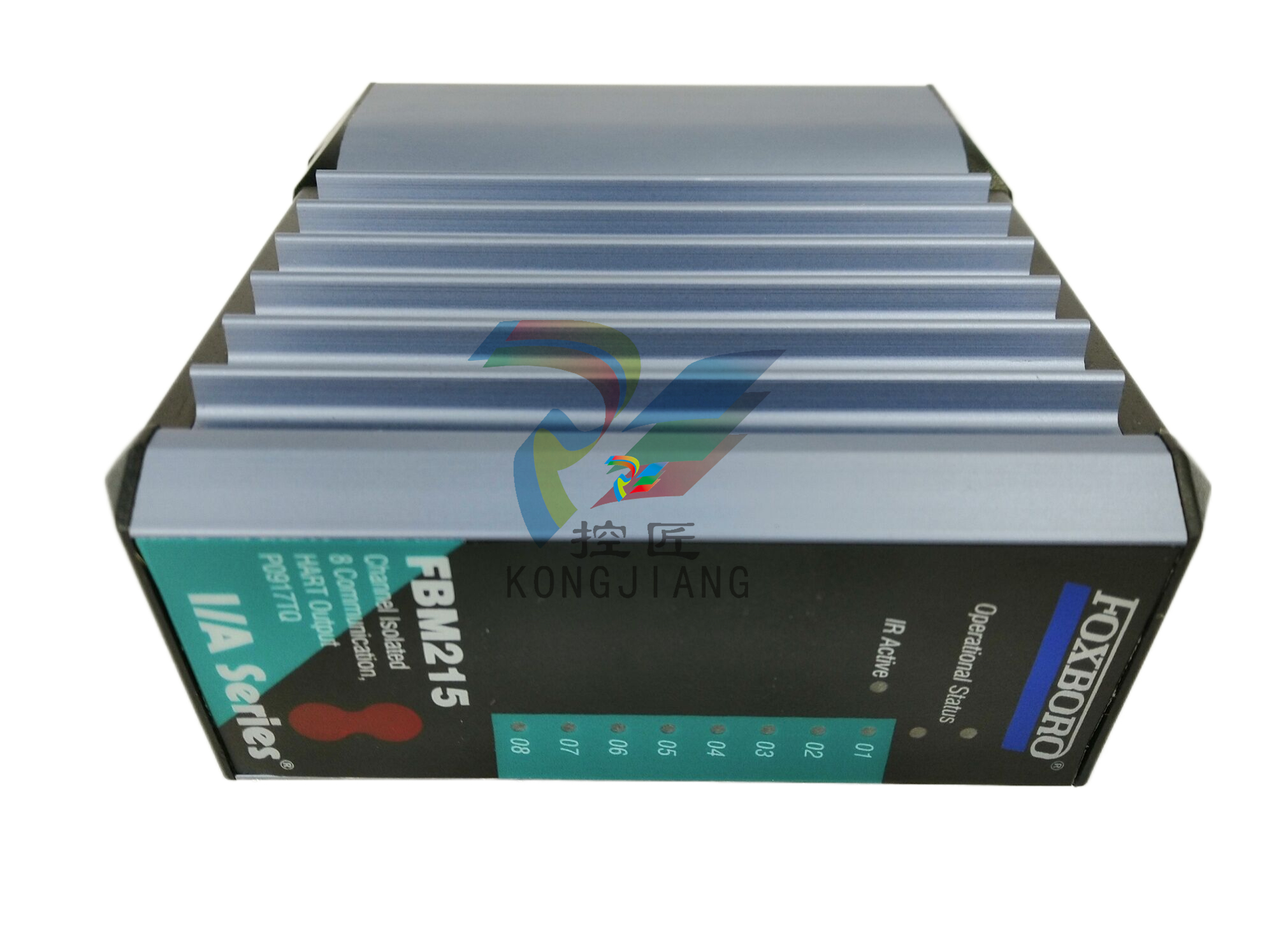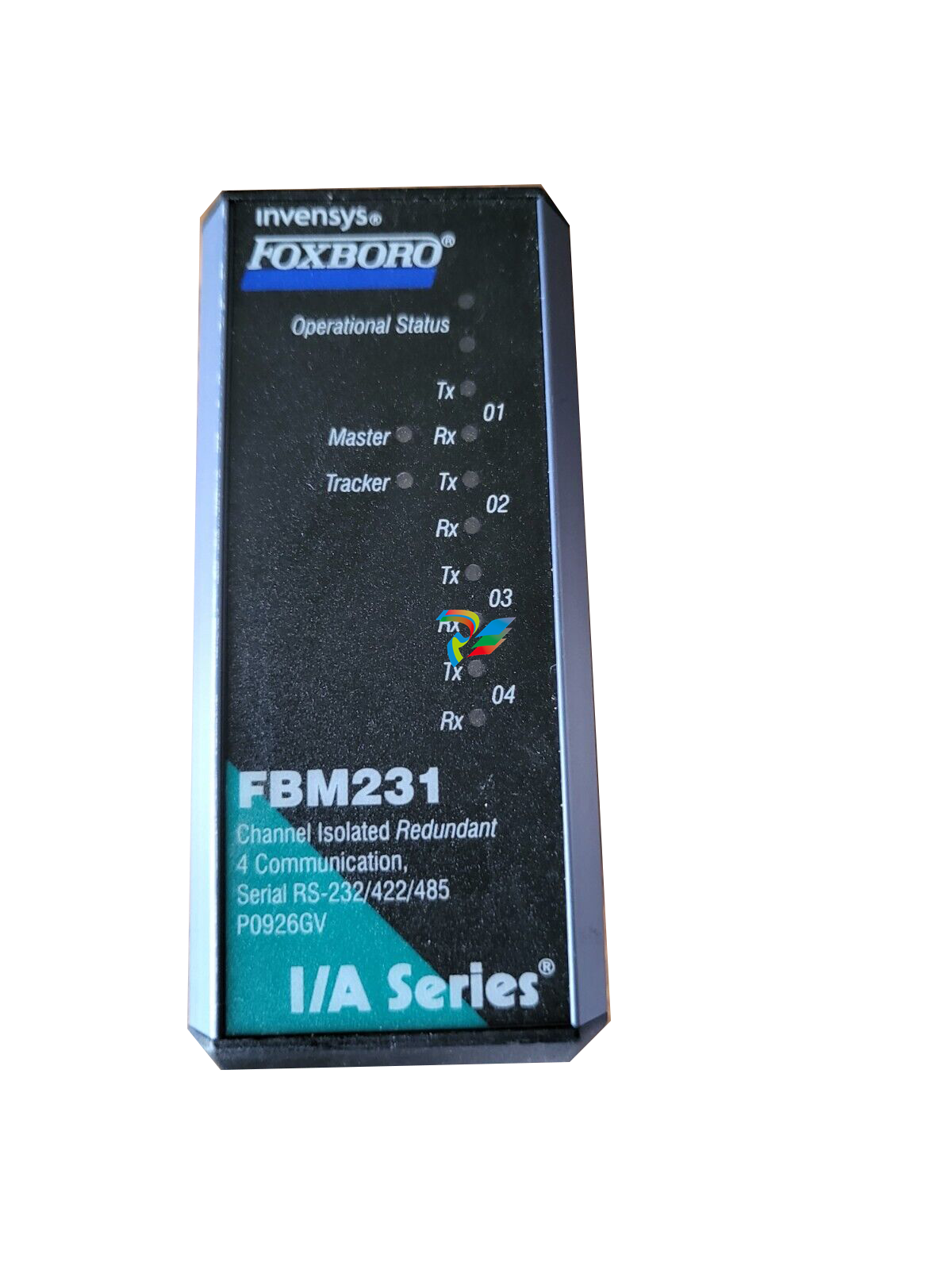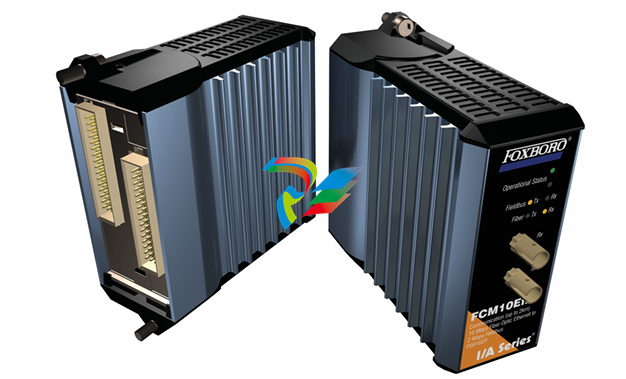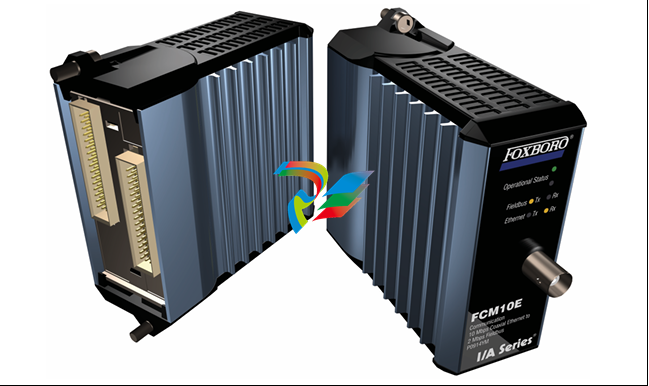
A-BControlLogix 32-point DC (10…31.2V) Input Module, Series B
ControlLogix 32-point DC (10…31.2V) Input Module, Series B Catalog Number 1756 - IB32, Series B
Topic Page
Important User Information 2
Environment and Enclosure 3
Preventing Electrostatic Discharge 4
Removal and Insertion Under Power 4
European Hazardous Location Approval 5
North American Hazardous Location Approval 6
Before You Begin 7
Module Components 7
Power Requirements 8
Install the Module 8
Key the Module and Removable Terminal Block/Interface Module 9
Wire the Module 11
Wire the Removable Terminal Block (RTB) 12
Assemble the Removable Terminal Block (RTB) and the Housing 13
Install the Removable Terminal Block (RTB) onto the Module 14
Status Indicators 15
Remove the Removable Terminal Block (RTB) from the Module 16
Remove the Module 17
Specifications 18
Important User Information
Solid state equipment has operational characteristics differing from those of electromechanical
equipment. Safety Guidelines for the Application, Installation and Maintenance of Solid State Controls
(Publication SGI-1.1 available from your local Rockwell Automation sales office or online at
http://literature.rockwellautomation.com) describes some important differences between solid state
equipment and hard-wired electromechanical devices. Because of this difference, and also because of
the wide variety of uses for solid state equipment, all persons responsible for applying this equipment
must satisfy themselves that each intended application of this equipment is acceptable.
In no event will Rockwell Automation, Inc. be responsible or liable for indirect or consequential damages
resulting from the use or application of this equipment.
The examples and diagrams in this manual are included solely for illustrative purposes. Because of the
many variables and requirements associated with any particular installation, Rockwell Automation, Inc.
cannot assume responsibility or liability for actual use based on the examples and diagrams.
No patent liability is assumed by Rockwell Automation, Inc. with respect to use of information, circuits,
equipment, or software described in this manual.
Reproduction of the contents of this manual, in whole or in part, without written permission of Rockwell
Automation, Inc., is prohibited.
Throughout this manual, when necessary, we use notes to make you aware of safety considerations
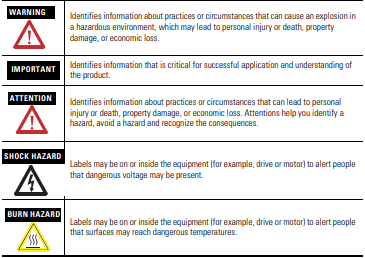
Environment and Enclosure
This equipment is intended for use in a Pollution Degree 2 industrial
environment, in overvoltage Category II applications (as defined in IEC
publication 60664-1), at altitudes up to 2000 m (6562 ft) without derating.
This equipment is considered Group 1, Class A industrial equipment
according to IEC/CISPR Publication 11. Without appropriate precautions,
there may be potential difficulties ensuring electromagnetic compatibility in
other environments due to conducted as well as radiated disturbance.
This equipment is supplied as ‘open type’ equipment. It must be mounted
within an enclosure that is suitably designed for those specific
environmental conditions that will be present and appropriately designed to
prevent personal injury resulting from accessibility to live parts. The interior
of the enclosure must be accessible only by the use of a tool. Subsequent
sections of this publication may contain additional information regarding
specific enclosure type ratings that are required to comply with certain
product safety certifications.
In addition to this publication, see:
• Industrial Automation Wiring and Grounding Guidelines, for
additional installation requirements, Allen-Bradley publication
1770-4.1.
• NEMA Standards publication 250 and IEC publication 60529, as
applicable, for explanations of the degrees of protection provided by
different types of enclosure.
Preventing Electrostatic Discharge
Removal and Insertion Under Power
ATTENTION This equipment is sensitive to electrostatic discharge, which can cause
internal damage and affect normal operation. Follow these guidelines when
you handle this equipment:
• Touch a grounded object to discharge potential static.
• Wear an approved grounding wriststrap.
• Do not touch connectors or pins on component boards.
• Do not touch circuit components inside the equipment.
• Use a static-safe workstation, if available.
• Store the equipment in appropriate static-safe packaging when not
in use.
WARNING When you insert or remove the module while backplane power is on, an
electrical arc can occur. This could cause an explosion in hazardous location
installations. Be sure that power is removed or the area is nonhazardous
before proceeding. Repeated electrical arcing causes excessive wear to
contacts on both the module and its mating connector. Worn contacts may
create electrical resistance that can affect module operation.
ATTENTION Personnel responsible for the application of safety-related programmable
electronic systems (PES) shall be aware of the safety requirements in the
application of the system and shall be trained in using the system
European Hazardous Location Approval
Consider the following if you install the module in a European Zone 2
location.
European Zone 2 Certification (The following applies when the product bears the
Ex or EEx marking.)
This equipment is intended for use in potentially explosive atmospheres as defined by
European Union Directive 94/9/EC and has been found to comply with the Essential Health
and Safety Requirements relating to the design and construction of Category 3 equipment
intended for use in potentially explosive atmospheres, given in Annex II to this Directive.
Compliance with the Essential Health and Safety REquirements has been assured by
compliance with EN 60079-15 and EN 60079-0.
WARNING • This equipment must be installed in an enclosure providing at least
IP54 protection when applied in Zone 2 environments.
• This equipment shall be used within its specified ratings defined
by Allen-Bradley.
• Provision shall be made to prevent the rated voltage from being
exceeded by transient disturbances of more than 40% when
applied in Zone 2 environments.
• This equipment must be used only with ATEX certified backplanes.
• Secure any external connections that mate to this equipment by
using screws, sliding latches, threaded connectors, or other means
provided with this product.
• Do not disconnect equipment unless power has been removed or
the area is known to be nonhazardous.
ATTENTION This equipment is not resistant to sunlight or other sources of UV
radiation.
North American Hazardous Location Approval
The following information applies when
operating this equipment in hazardous
locations:
Informations sur l’utilisation de cet
équipement en environnements dangereux:
Products marked ‘CL I, DIV 2, GP A, B, C, D’ are
suitable for use in Class I Division 2 Groups A, B,
C, D, Hazardous Locations and nonhazardous
locations only. Each product is supplied with
markings on the rating nameplate indicating the
hazardous location temperature code. When
combining products within a system, the most
adverse temperature code (lowest ‘T’ number)
may be used to help determine the overall
temperature code of the system. Combinations of
equipment in your system are subject to
investigation by the local Authority Having
Jurisdiction at the time of installation.
Les produits marqués ‘CL I, DIV 2, GP A, B, C, D’ ne
conviennent qu'à une utilisation en environnements
de Classe I Division 2 Groupes A, B, C, D dangereux
et non dangereux. Chaque produit est livré avec des
marquages sur sa plaque d'identification qui
indiquent le code de température pour les
environnements dangereux. Lorsque plusieurs
produits sont combinés dans un système, le code de
température le plus défavorable (code de
température le plus faible) peut être utilisé pour
déterminer le code de température global du
système. Les combinaisons d'équipements dans le
système sont sujettes à inspection par les autorités
locales qualifiées au moment de l'installation.
WARNING EXPLOSION HAZARD -
•Do not disconnect equipment
unless power has been removed or
the area is known to be
nonhazardous.
•Do not disconnect connections to
this equipment unless power has
been removed or the area is known
to be nonhazardous. Secure any
external connections that mate to
this equipment by using screws,
sliding latches, threaded
connectors, or other means
provided with this product.
•Substitution of components may
impair suitability for Class I,
Division 2.
•If this product contains batteries,
they must only be changed in an
area known to be nonhazardous.
AVERTISSEMENT RISQUE D’EXPLOSION –
•Couper le courant ou s'assurer
que l'environnement est classé
non dangereux avant de
débrancher l'équipement.
•Couper le courant ou s'assurer
que l'environnement est classé
non dangereux avant de
débrancher les connecteurs.
Fixer tous les connecteurs
externes reliés à cet équipement
à l'aide de vis, loquets
coulissants, connecteurs filetés
ou autres moyens fournis avec
ce produit.
•La substitution de composants
peut rendre cet équipement
inadapté à une utilisation en
environnement de Classe I,
Division 2.
•S'assurer que l'environnement
est classé non dangereux avant
de changer les piles.
About the Module
ControlLogix I/O modules mount in a ControlLogix chassis and require
either a removable terminal block (RTB) or a 1492 interface module (IFM)(1)
to connect all field-side wiring.
Before You Begin
Before you install your I/O module, you should:
• identify the module components.
• note the power requirements.
Module Components
You received these components with your order:
• 1756-IB32 module
• Removable terminal block (RTB) door label
If you did not receive these components, contact your local distributor or
Rockwell Automation sales office.
This module uses one of these RTBs:
• 1756-TBCH 36-position cage clamp RTB
• 1756-TBS6H 36-position spring clamp RTB
Use an extended-depth cover (catalog number 1756-TBE) for applications
with heavy gauge wiring or requiring additional routing space. When using an
IFM, consult the documentation that came with it to connect the wiring.
(1) The ControlLogix system has been agency certified by using only the ControlLogix RTBs (for example,
1756-TBCH, 1756-TBNH, 1756-TBSH, and 1756-TBS6H). Any application that requires agency
certification of the ControlLogix system by using other wiring termination methods may require
application-specific approval by the certifying agency.
IMPORTANT Before you install your module, you should:
• install and ground a 1756 chassis and power supply.
• order and receive an RTB or IFM, and its components, for your
application.
Power Requirements
This module receives power from the 1756-chassis power supply and requires
two sources of power from the ControlLogix backplane.
• 120 mA at 5.1V DC
• 2 mA at 24V DC
Add this current/power value (0.66 W) to the requirements of all other
modules in the chassis to prevent overloading the power supply.
Install the Module
You can install or remove the module while chassis power is applied.
1. Align the circuit board with the top and bottom chassis guides.
WARNING When you insert or remove the module while backplane power is on, an
electrical arc can occur. This could cause an explosion in hazardous location
installations. Be sure that power is removed or the area is nonhazardous
before proceeding. Repeated electrical arcing causes excessive wear to
contacts on both the module and its mating connector. Worn contacts may
create electrical resistance that can affect module operation.
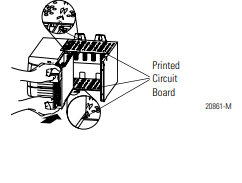
2. Slide the module into the chassis until the module locking tabs click.
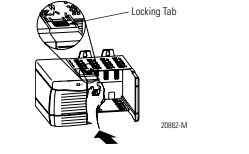
Key the Module and Removable Terminal Block/Interface Module Use the wedge-shaped keying tabs and U-shaped keying bands to prevent connecting the wrong wires to your module. Key the positions on the module that correspond to the unkeyed positions on the RTB. For example, if you key the first position on the module, leave the first position on the RTB unkeyed.
To key the module, insert the U-shaped band, as shown.
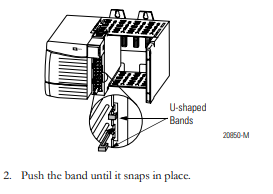
3. To key the RTB or IFM, insert the wedge-shaped tab with rounded edge first, as shown.
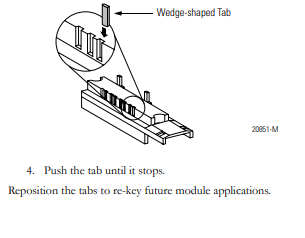
4 ControlLogix 32-point DC (10…31.2V) Input Module, Series B Publication 1756-IN027F-EN-P - October 2008 Install the Removable Terminal Block (RTB) onto the Module Before proceeding with RTB installation, verify: • power is removed or the area is nonhazardous. • field-side wiring of the RTB has been completed. • the RTB housing is snapped in place on the RTB. • the RTB housing is closed. • the locking tab at the top of the module is unlocked. 1. Align the side, top, and bottom guides. 2. Press quickly and evenly to seat the RTB until the latches snap into place. 3. Slide the locking tab down. WARNING When you connect or disconnect the removable terminal block (RTB) with field-side power applied, an electrical arc can occur. This could cause an explosion in hazardous location installations. Be sure that power is removed or the area is nonhazardous before proceeding.
ControlLogix 32-point DC (10…31.2V) Input Module, Series B
Publication 1756-IN027F-EN-P - October 2008
Remove the Removable Terminal Block (RTB) from the Module
If you must remove the module, you must remove the RTB first.
Before removing the module, you must remove the RTB.
1. Unlock the locking tab at the top of the module.
2. Open the RTB door and pull the RTB off the module.
WARNING When you insert or remove the module while backplane power is on, an
electrical arc can occur. This could cause an explosion in hazardous location
installations. Be sure that power is removed or the area is nonhazardous
before proceeding. Repeated electrical arcing causes excessive wear to
contacts on both the module and its mating connector. Worn contacts may
create electrical resistance that can affect module operation.
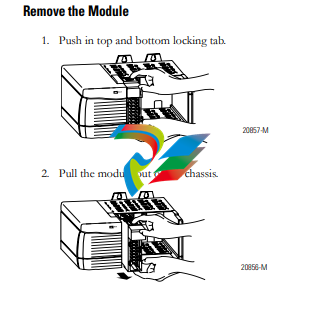













































.jpg)
.jpg)
.jpg)





.jpg)



.png)
.jpg)

.jpg)
_lVjBYb.jpg)

.jpg)
.jpg)



.jpg)
.jpg)





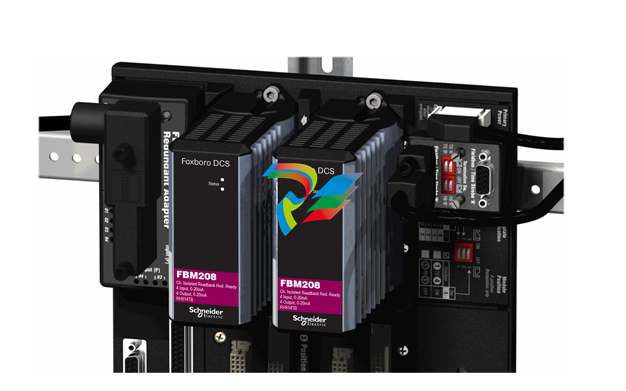
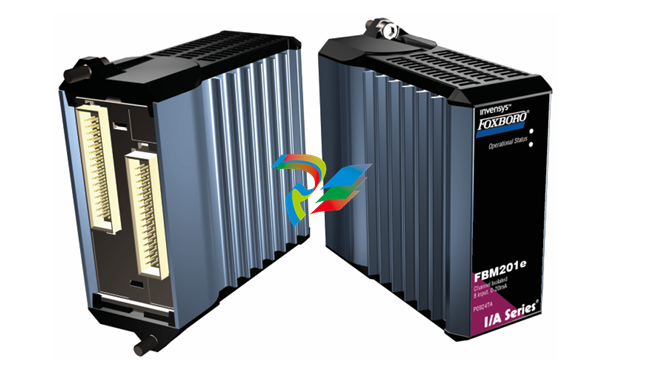
.jpg)
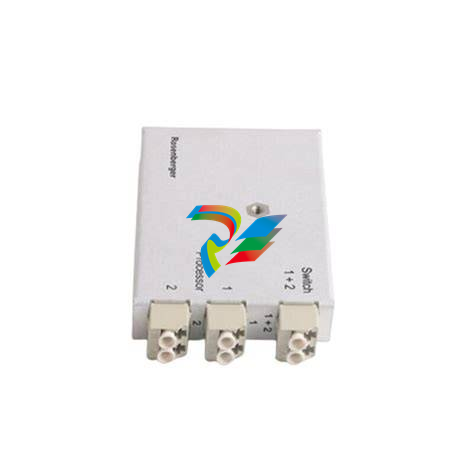
.jpg)
.jpg)
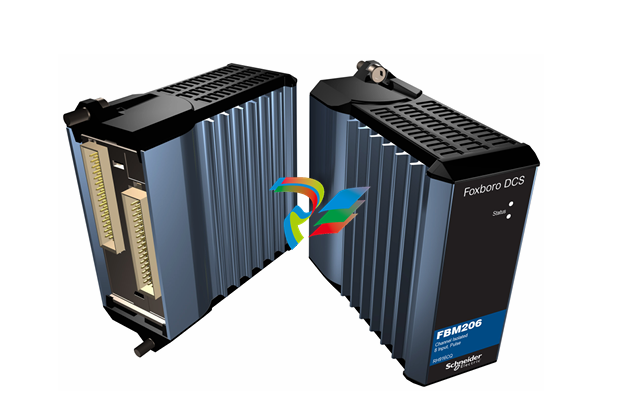
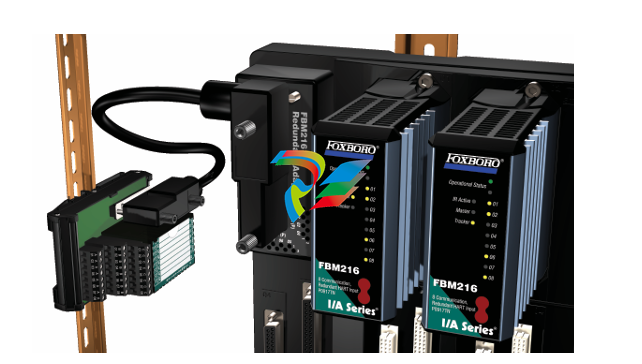
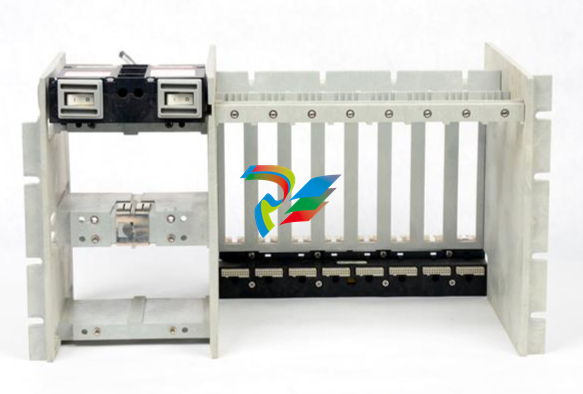
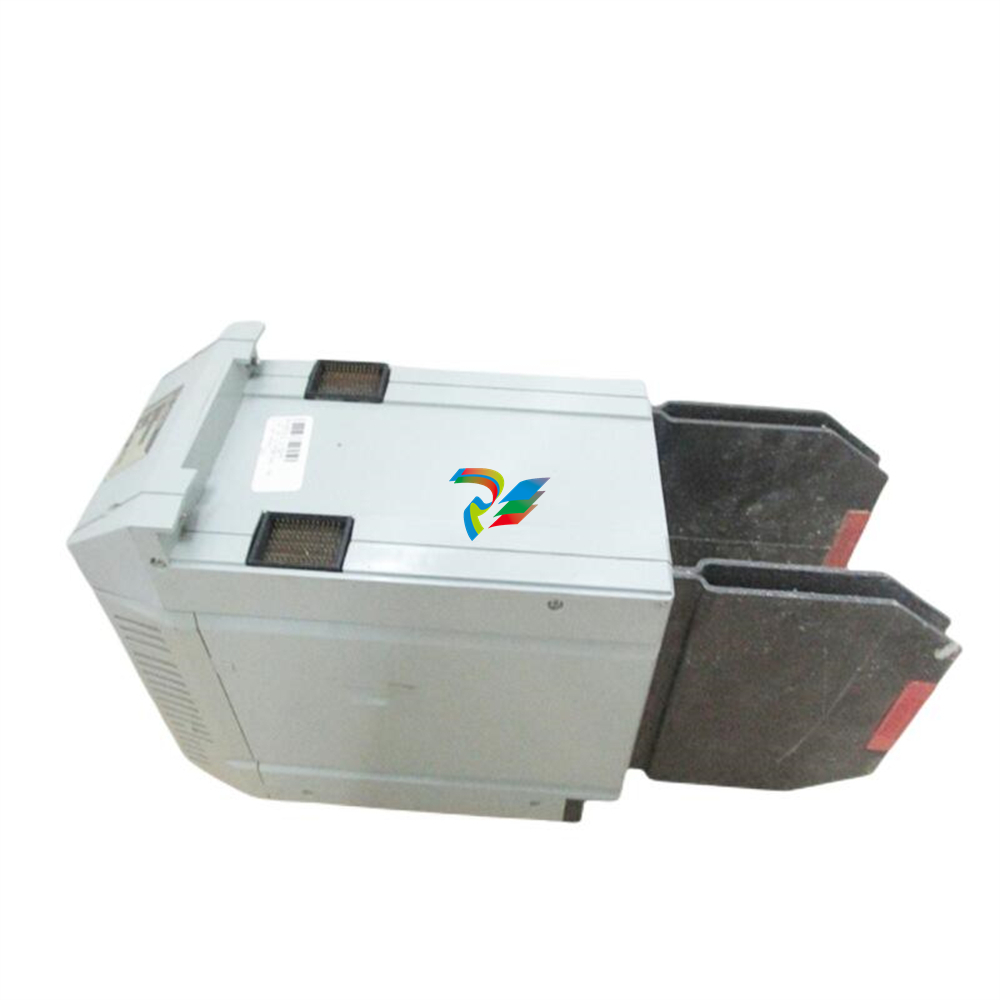
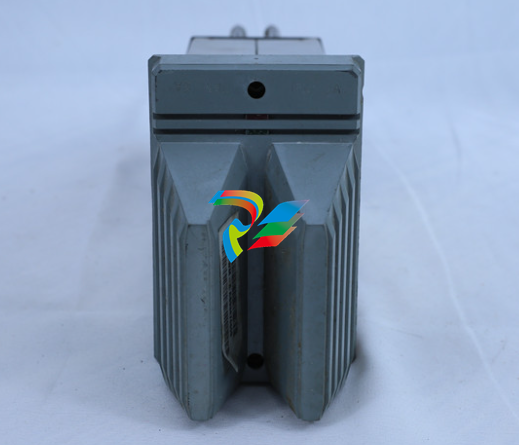
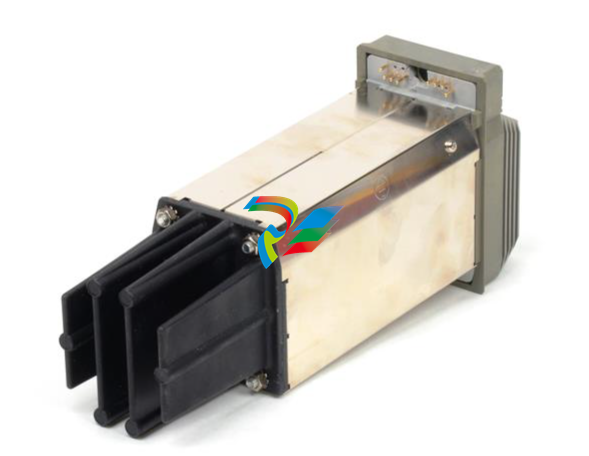
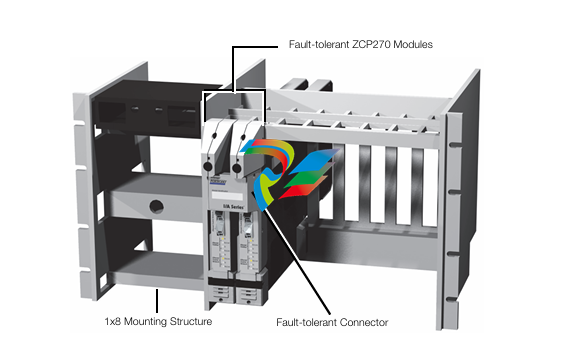
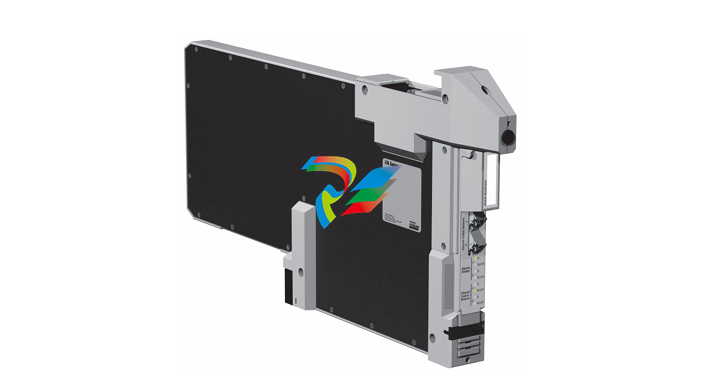
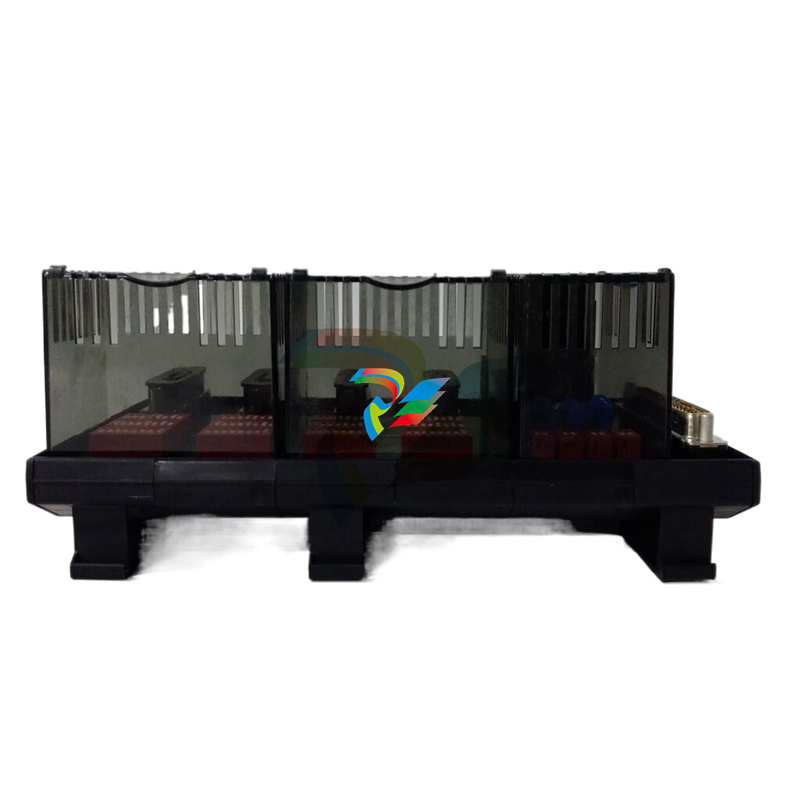
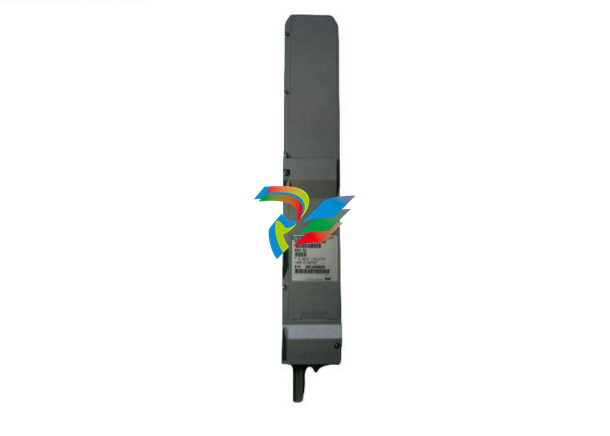
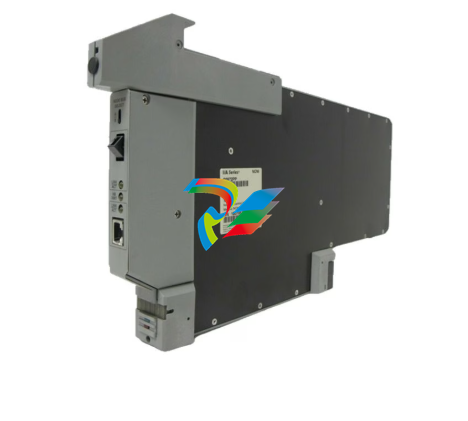
.jpg)
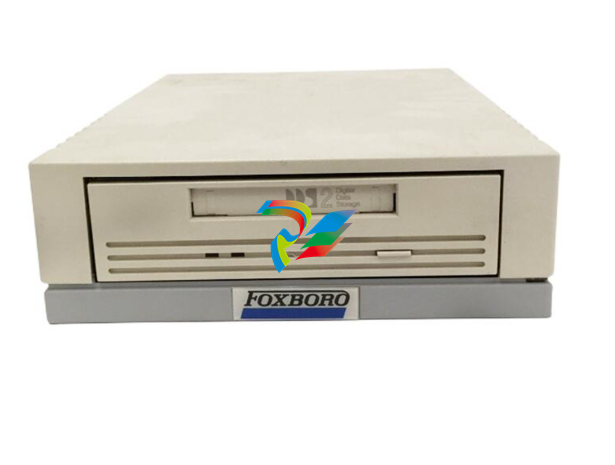
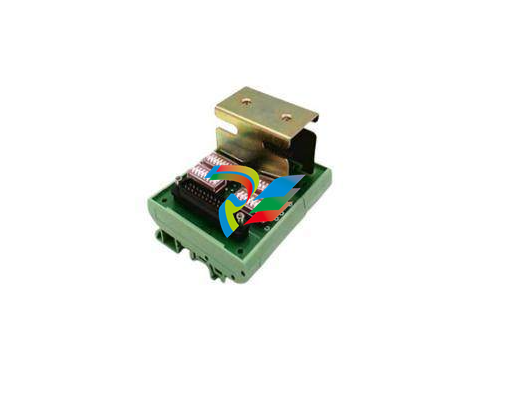
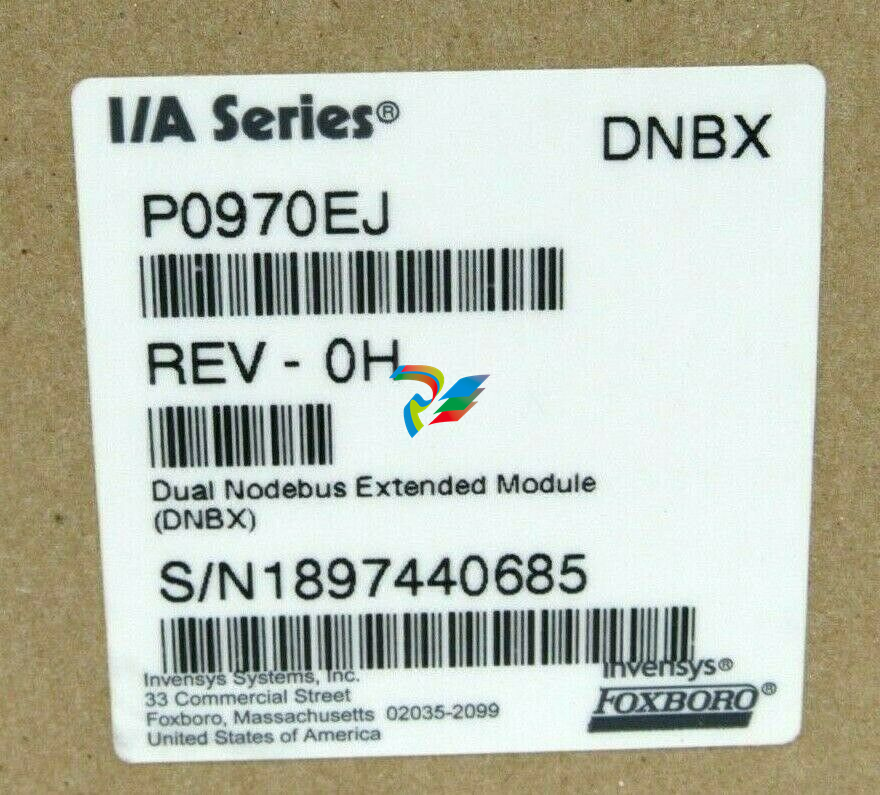
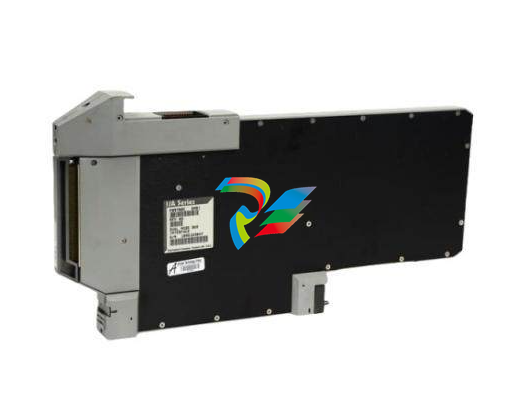
.jpg)
.jpg)
.jpg)
.jpg)
.jpg)
.jpg)
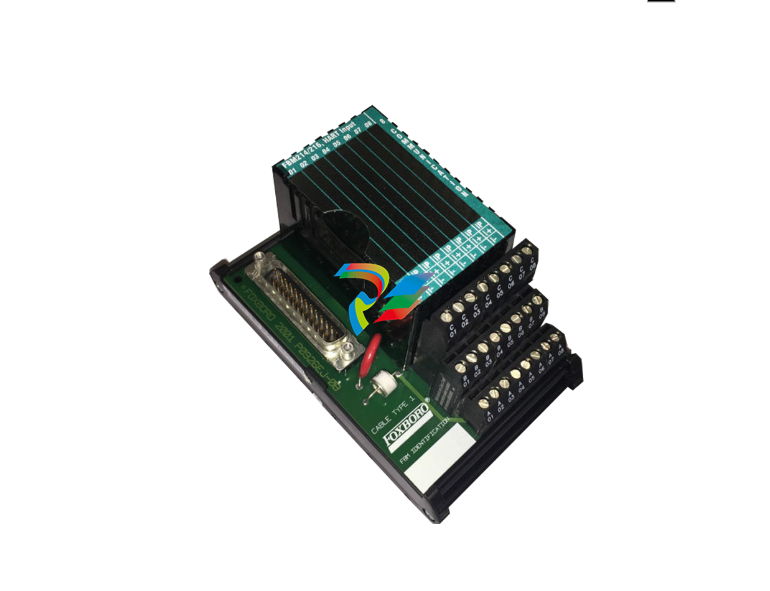
.jpg)
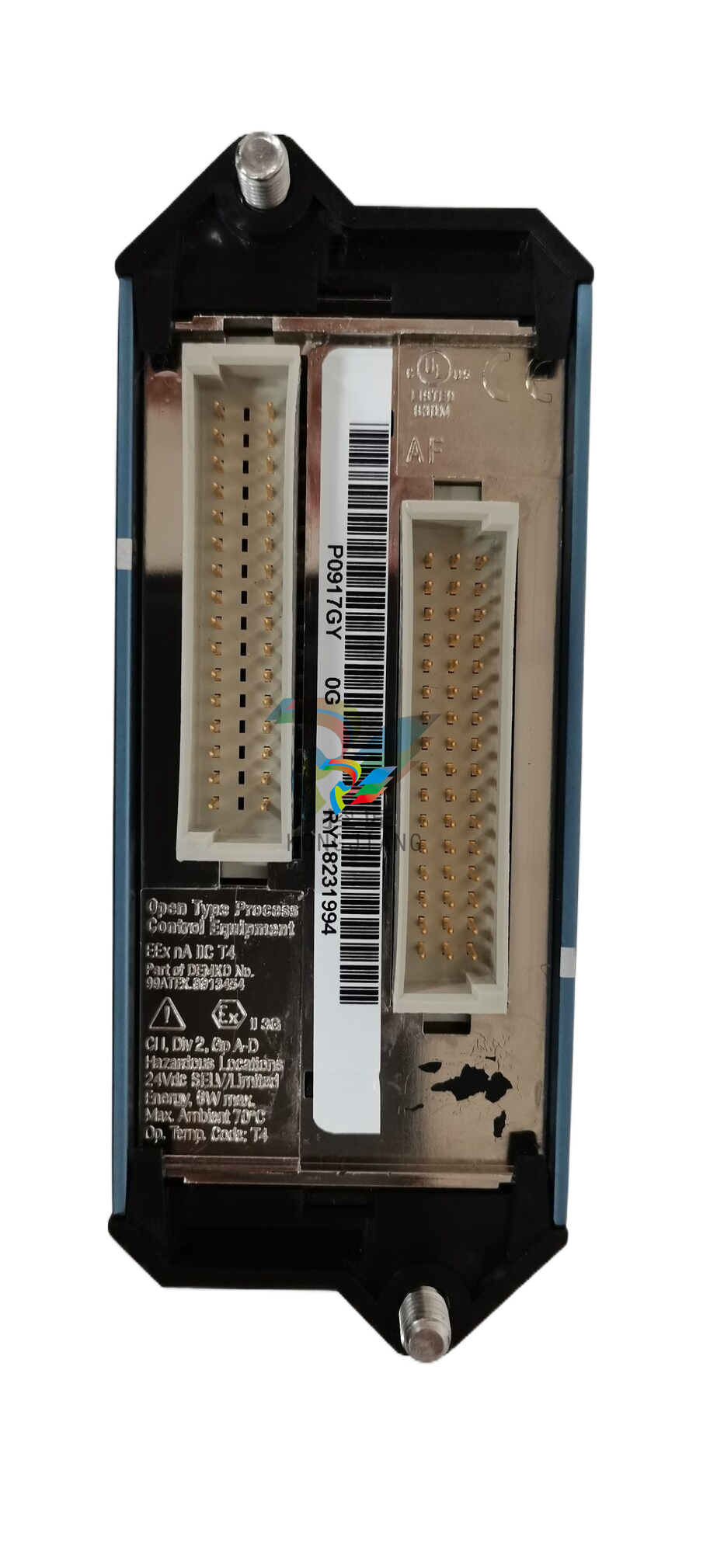
.jpg)
.jpg)
.jpg)
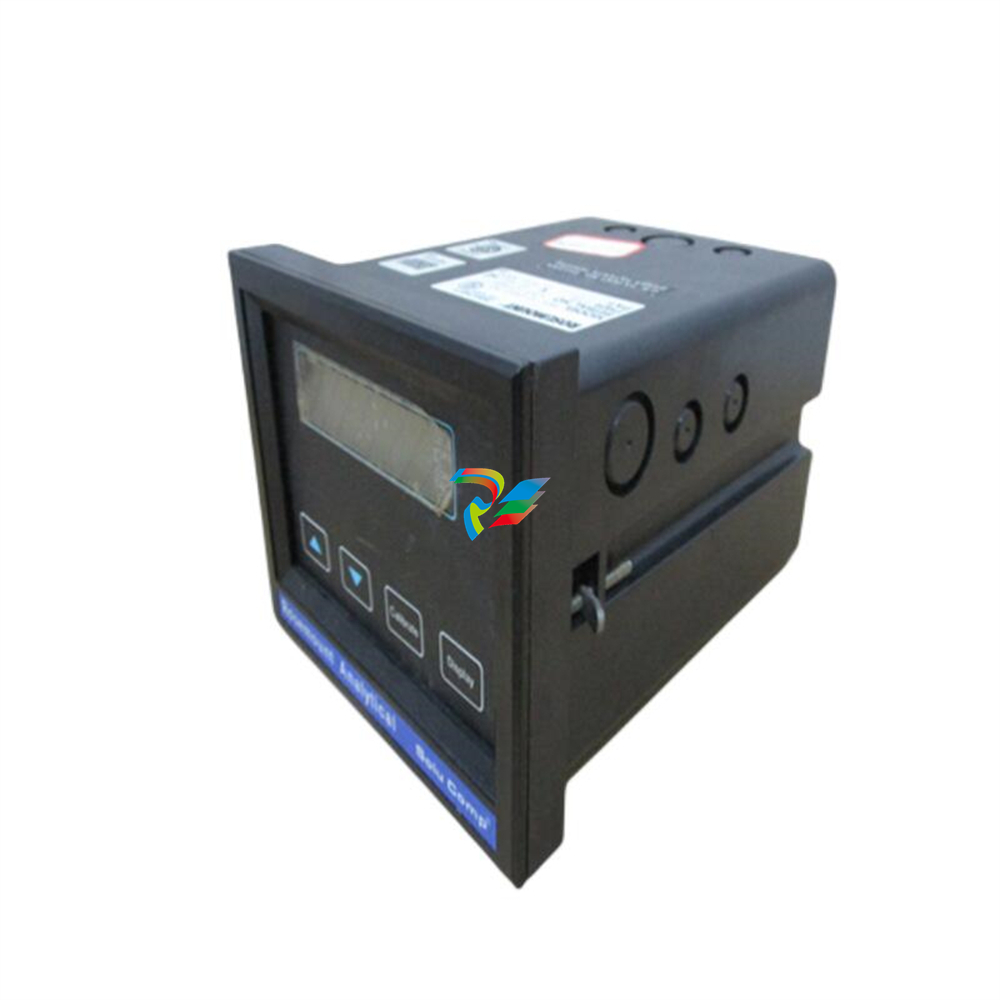
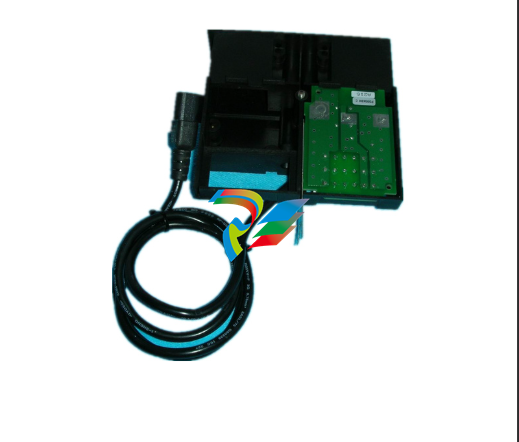
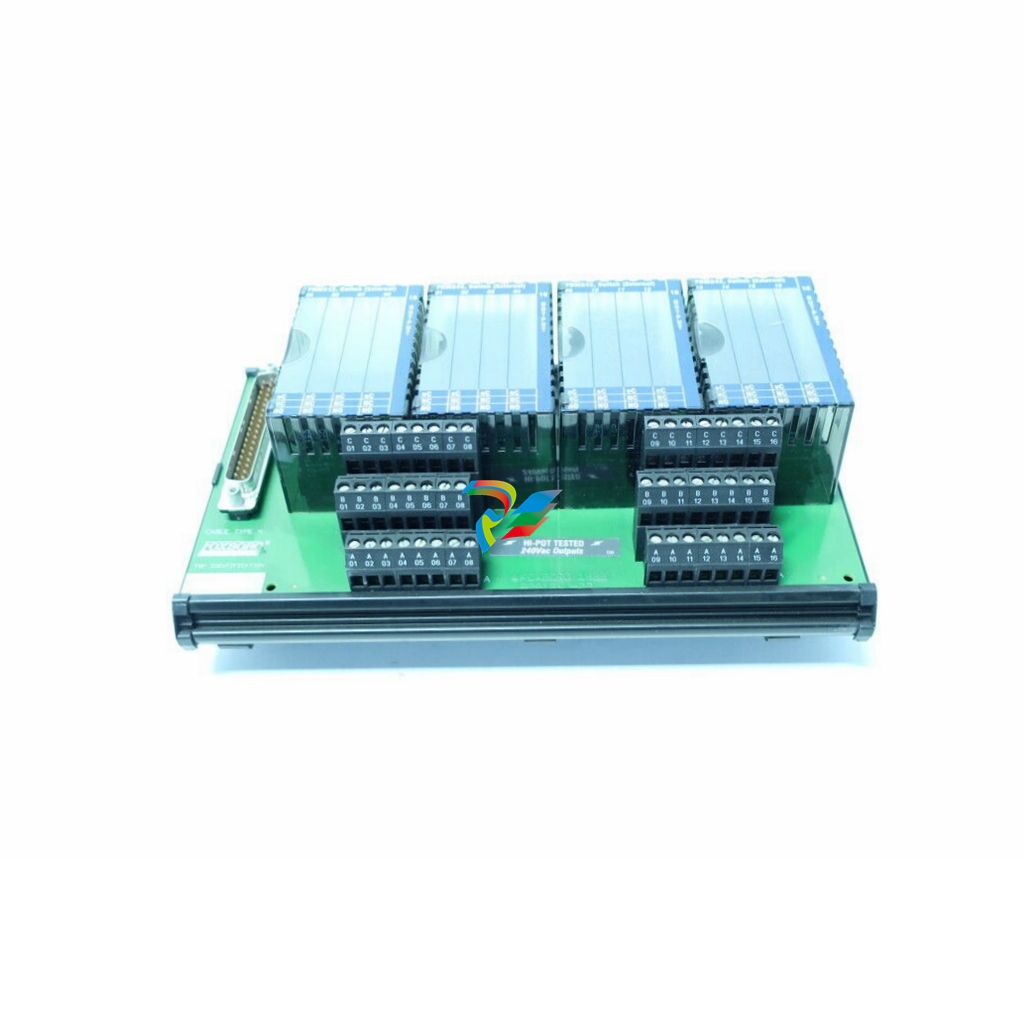
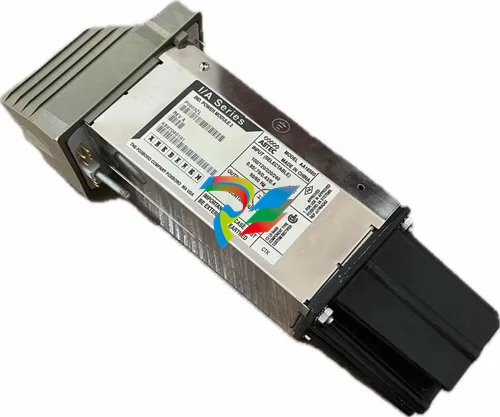
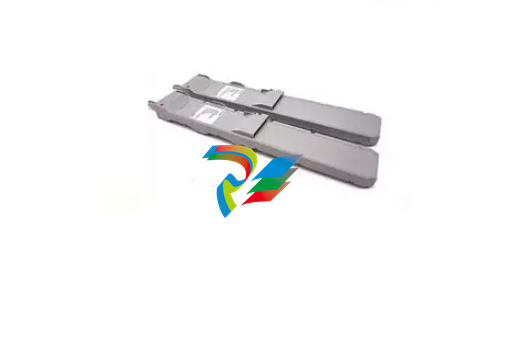
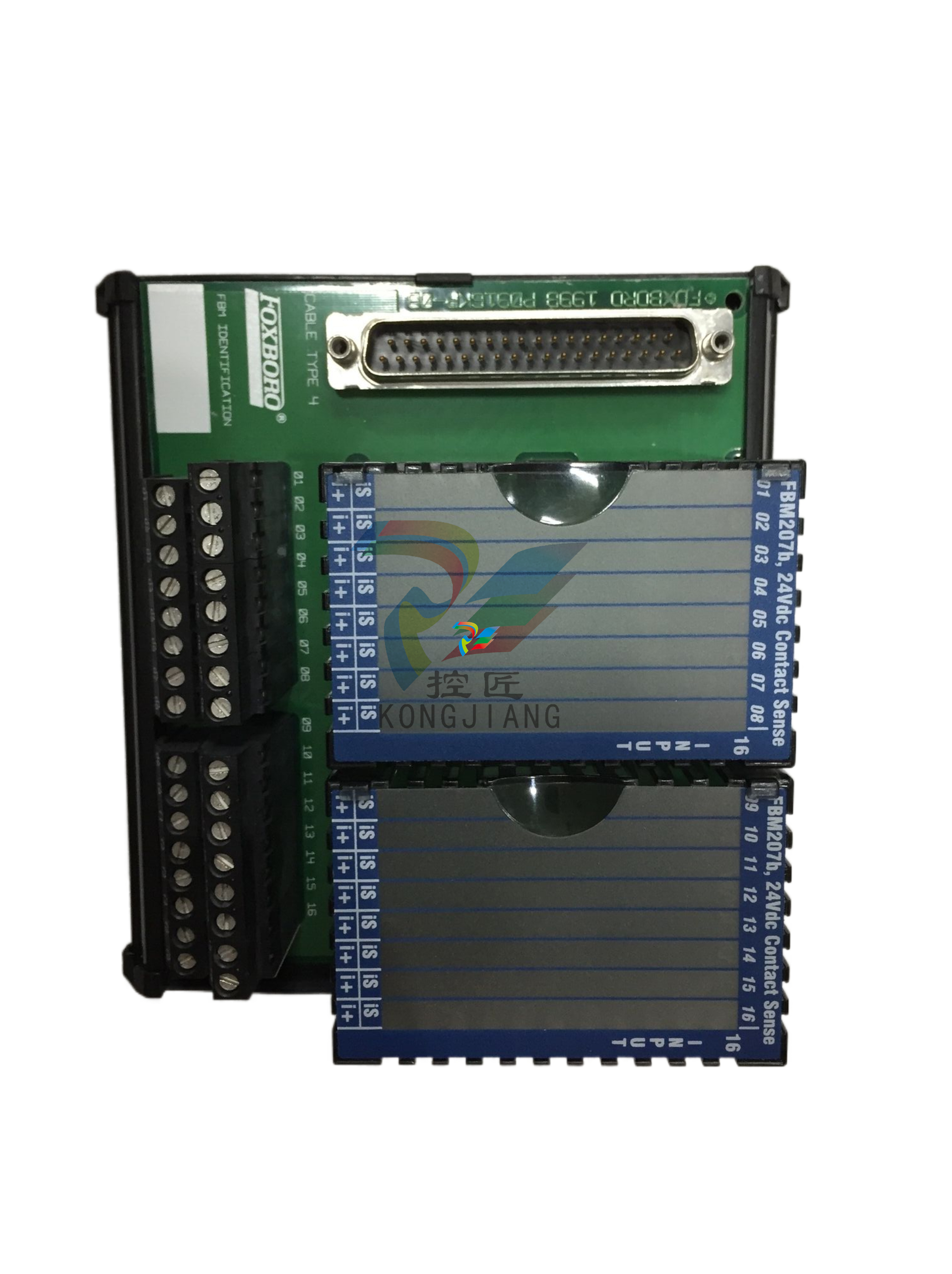
.jpg)
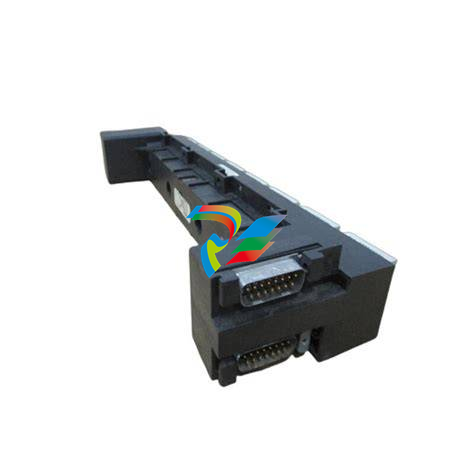
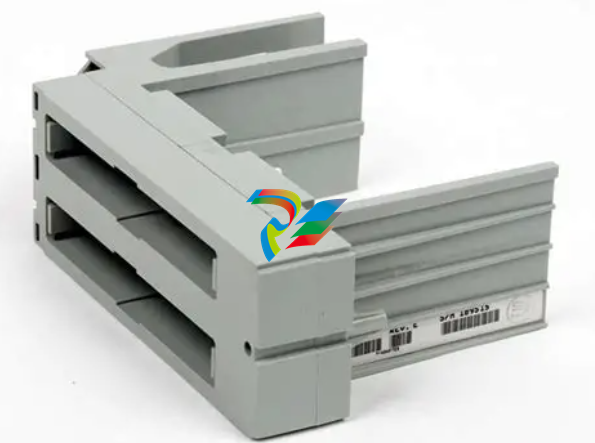
.jpg)
